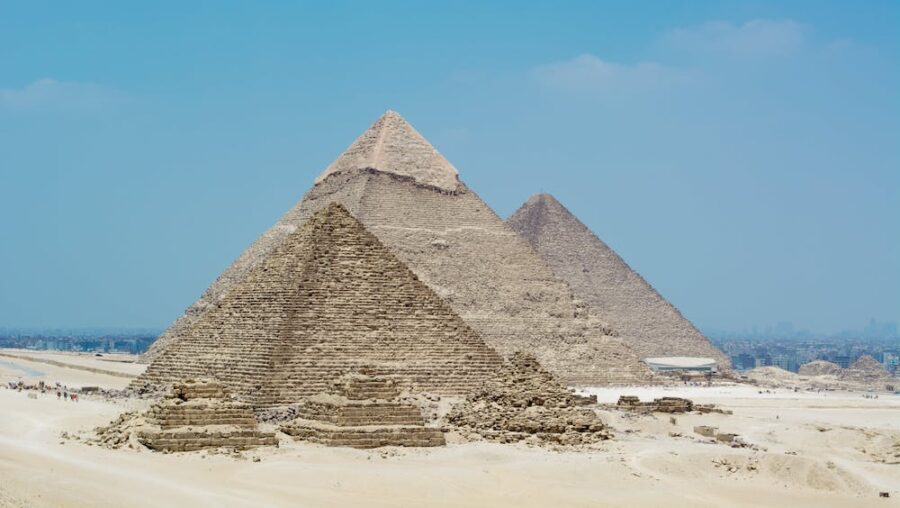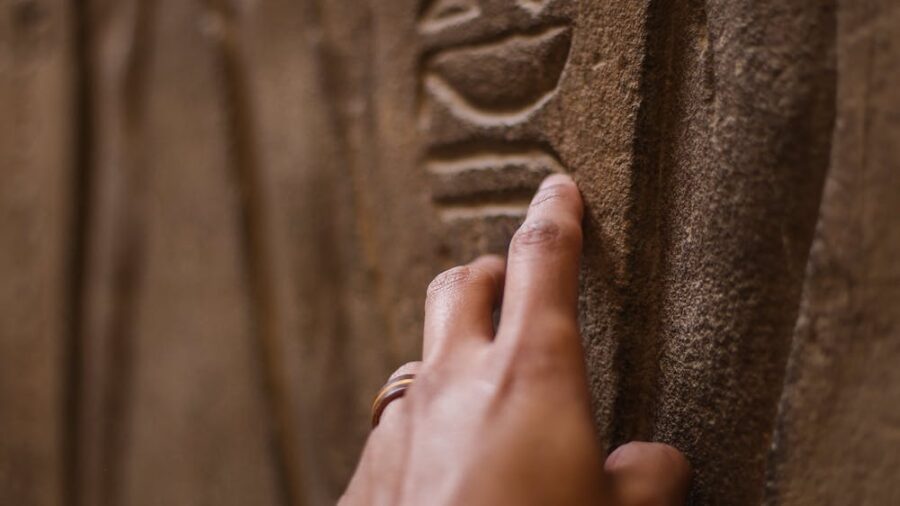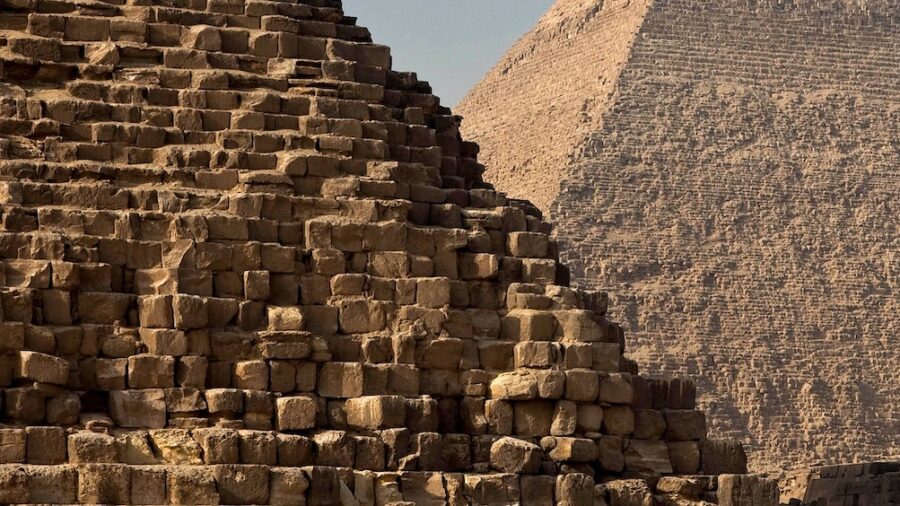Underground Pyramid Discovered Over 25,000 Years Old, Not Built By Humans?

Scientists have found an underground pyramid that rocks our current understanding of ancient engineering, according to Popular Mechanics.
A recent paper published in Archaeological Prospection suggests that the underground pyramid could be up to 27,000 years old, which predates the oldest known pyramid by over 22,000 years.
Underground Pyramid In Indonesia

But skeptics are calling the research into question because there is no current evidence confirming human activity at the Gunung Padang site, in West Java, Indonesia, where the underground pyramid is located.
According to the study, the underground pyramid was discovered using seismic tomography, a technique used to render underground seismic activity into 3D images.
Through this research method, the paper’s authors assert that several underground layers of construction are so impressive that they would completely change our understanding of how ancient civilizations operated during the Paleolithic era.
Advanced Masonry Techniques

The paper claims that such a structure could have been built so long ago. But it also suggests that whatever civilization built the underground pyramid used advanced and meticulous masonry techniques that aren’t in line with our current understanding of ancient civilizations dating this far back.
So are we talking about ancient aliens here? Not quite. According to Flint Dibble, an archaeologist at Cardiff University, humans couldn’t have possibly constructed the underground pyramid.
Dibble suggests that the ground naturally shifted over thousands of years, forming layers that resemble an underground pyramid.
Natural Weathering?

As for the claims of advanced masonry techniques, Dibble hypothesizes that the natural weathering would have shaped the rocks in way that would make their formations look planned.
In other words, the ground moved around a lot naturally forcing the shape of an underground pyramid through years of erosion and layering.
This theory is bolstered by the fact that the underground pyramid is located near a raised earth site, suggesting that the formation was above ground at some point and was naturally pushed underground over time.
No Signs Of Human Activity

Moreover, there is absolutely zero evidence of a human presence during the time the underground pyramid is said to have been built.
If humans built this structure using advanced techniques to facilitate its construction, then there would be piles of evidence suggesting some ancient civilization.
To the best of our knowledge, there are no signs of human activity, like bone fragments or charcoal remnants, to confirm that humans were even settled at the Gunung Padang site over 25,000 years ago.
Likely Built By Corrosion

Though we’d very much love to believe that this underground pyramid was built by humans or some other intelligent life form, a more likely scenario is that it was built naturally through corrosion over a long period.
If some sort of advanced ancient civilization lived in the region during this period, then archeologists would have uncovered tools, small settlements, and, most importantly, traces of human bodies.
Logical Explanations

Because of this overwhelming lack of evidence, the paper is currently being investigated by the journal that published it.
It goes without question that an ancient structure that resembles an underground pyramid exists in Indonesia.
But the conclusions drawn from the research will be held under scrutiny as scientists search for a more logical explanation in regard to its construction.












